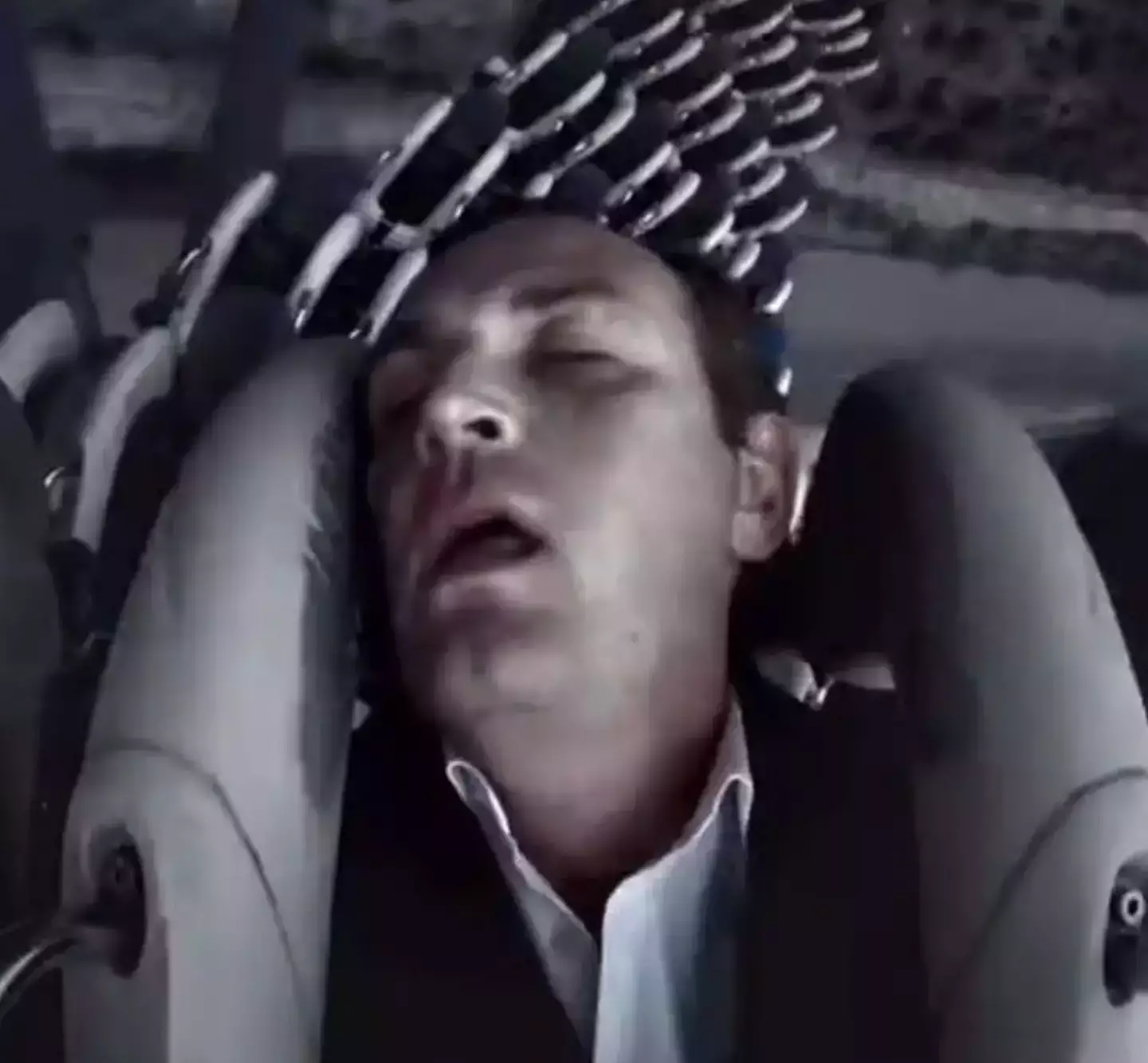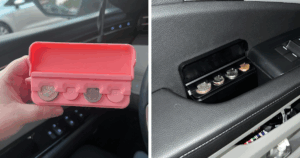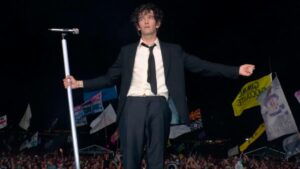“Can You Survive the Euthanasia Rollercoaster? Discover the Dark Thrills of This Controversial Simulation!”
Imagine a world where roller coasters take on a whole new meaning – a thrilling ride that doubles as a final farewell! Welcome to the thought-provoking and highly controversial ‘euthanasia rollercoaster,’ a brainchild of Lithuanian designer Julijonas Urbonas. While this bizarre concept, proposed back in 2010, remains a mere figment of imagination, the digital age has brought us a spine-chilling simulation that lets you experience the rush… and the dread. Designed with the chilling intent of humanely ending a life through a series of hair-raising loops, it pushes the limits of morality and thrill-seeking. So, would you dare to take a front-row seat on a ride that promises euphoria yet teeters on death? If you’re curious to dive deeper into this unsettling yet fascinating concept, LEARN MORE.
The controversial concept of the ‘euthanasia rollercoaster’ was thought up back in 2010, and even though it doesn’t exist in real life, you can now experience it for yourself via a terrifying simulation shared online.
Lithuanian designer Julijonas Urbonas is the mastermind behind the hypothetical rollercoaster, which will eventually lead to the passenger’s death.
At the time, he described it as a ‘hypothetic death machine in the form of a rollercoaster, engineered to humanely – with elegance and euphoria – take the life of a human being’.
It works by rider being subjected to a series of loops, which get smaller and smaller as it progresses. The idea is to create and maintain a maximum force to the person riding, which will eventually lead to their death.
But while up until now we’ve only had diagrams and words to describe what would actually happen if the ride was somehow built, a TikToker created a simulation which puts you in the front seat.
In the video, @ridesnslides describes the descent, saying: “The train would plummet over the side of the hill, hurtling down at a speed of 360kmh, close to its terminal velocity.
“After the 500-metre initial drop, the track flattens out and begins the first of seven inversions in a row. And this is the deadly part.

Bodies would experience up to 10G on the ‘euthanasia rollercoaster’ (TikTok/@ridesnslides)
“It would take 60 seconds for the train to go through all seven of these inversions, and each inversion gets a gradually smaller and smaller diameter in order to maintain 10Gs of force to all the passengers during the entire 60-second experience.”
The video then explains that Formula 1 cars only reach a G-force of above 6Gs when taking a bend at high speed, while the Apollo 16 shuttle only managed 7.19Gs upon re-entry, showing how strong it really is.
Describing the effects of 10Gs, the video continues: “You would gradually begin experiencing worsening cases of cerebral hypoxia, meaning your blood would rush to the lower parts of your body, and so your brain wouldn’t be getting enough oxygen to survive.
“The first thing that you would notice is your vision greying out which would then gradually turn to tunnel vision.

The fictional coaster is thought to induce ‘unique experiences’. (Julijonas Urbonas)
“From there, you would begin experiencing a blackout and ultimately you would eventually lose consciousness and die.”
The project, which was awarded the Public Prize of New Technological Art of Update 2013, has become a ‘unique media phenomenon’ since it was unveiled in 2010.
According to Urbonas’ website: “Riding the coaster’s track, the rider is subjected to a series of intensive motion elements that induce various unique experiences: from euphoria to thrill, and from tunnel vision to loss of consciousness, and, eventually, death.”
If you’ve been affected by any of these issues and want to speak to someone in confidence, please don’t suffer alone. Call Samaritans for free on their anonymous 24-hour phone line on 116 123.

.png)










